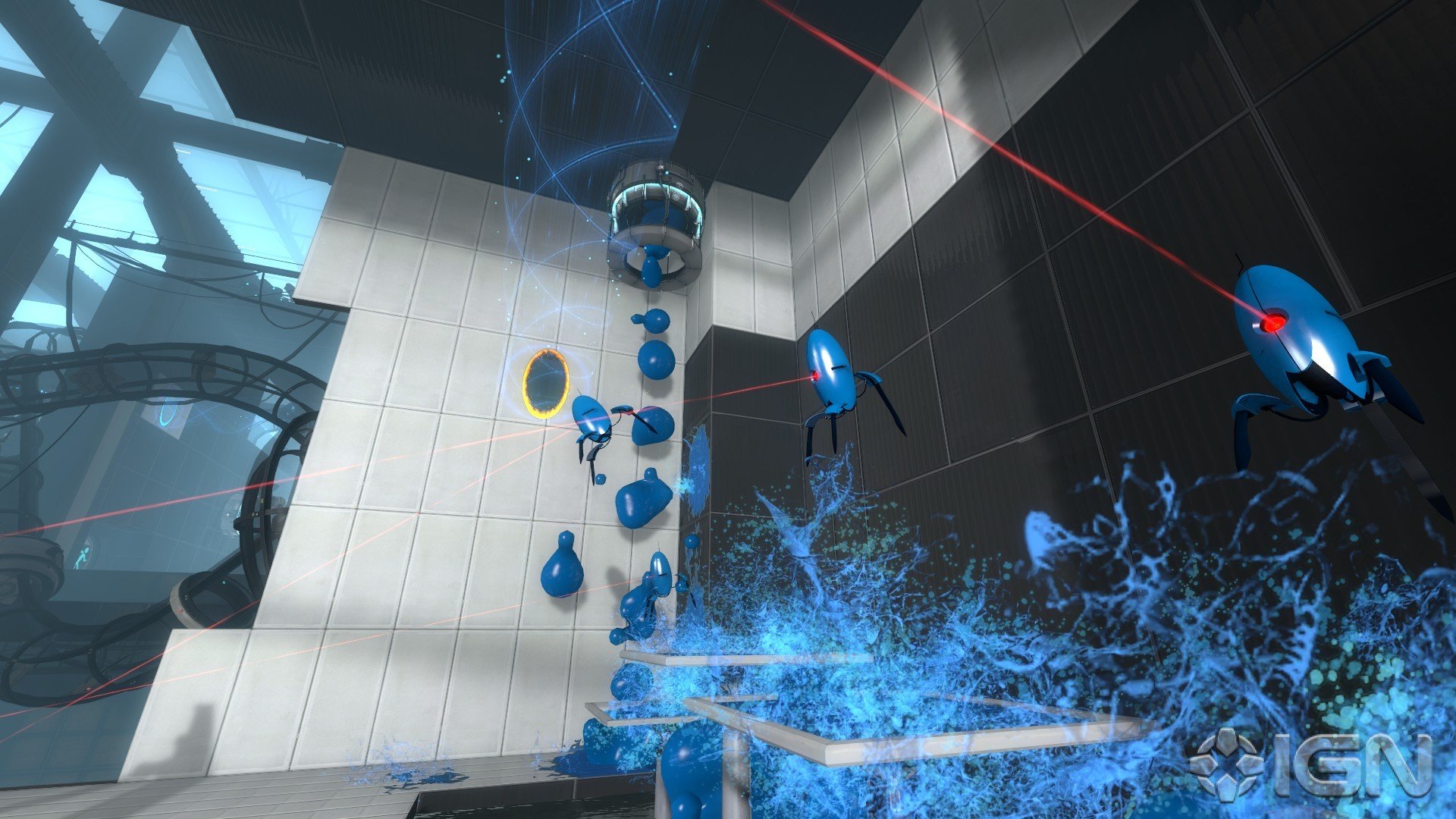


This has now changed to a current prevalence of around 4%, compared to an HIV-1 prevalence of 2.9% in rural areas and 4.2% in urban areas. The exception to this is Guinea-Bissau, where the prevalence amongst adults was estimated to be 8%–10% two decades ago. The challenge of treating HIV-2 infection falls mainly upon West Africa, with current prevalence estimates ranging up to 1% where reported, compared with HIV-1 prevalence rates of up to 3.4%, therefore comprising a substantial portion of all HIV infections in the subregion. In some instances, antiretroviral susceptibility differs significantly between HIV-1 and HIV-2, such that HIV-2 is intrinsically resistant to two of the major classes of antiretroviral drugs: the fusion inhibitors and the nonnucleoside reverse transcriptase inhibitor- (NNRTI-) based regimens that are the standard therapy for HIV-1 in West Africa. People with advanced HIV-2 infection require treatment with antiretroviral therapy (ART), but most individual antiretroviral drugs and regimens have been designed and optimized for HIV-1 and cannot be assumed to provide optimal viral suppression for HIV-2 infection. Those with progressive disease experience the same likelihood of morbidity and mortality as are seen with HIV-1. HIV-2 differs from HIV-1 most strikingly in its lower rate of progression and infectivity, with the majority of those infected likely to be long-term nonprogressors. Like HIV-1 it appears to have made the transition to humans more than once, giving rise to eight distinct groups, of which groups A and B account for nearly all of the cases identified thus far. HIV-2 represents a distinct lineage of HIV, stemming from SIVsm instead of the SIVcpz responsible for HIV-1. Following review of the available evidence and taking the structure and challenges of antiretroviral care in West Africa into consideration, the authors make recommendations and highlight the needs of special populations. Some protease inhibitors, in particular those without ritonavir boosting, are not sufficiently effective against HIV-2. Nucleoside analogues alone are not sufficiently potent enough to achieve durable virologic control. Nonnucleoside reverse transcriptase inhibitors, crucial in standard first-line regimens for HIV-1 in many low-income settings, have no effect on HIV-2. Natural polymorphisms and patterns in the development of resistance to antiretrovirals are reviewed, along with their implications for antiretroviral therapy. It complicates HIV diagnosis, requiring more expensive and technically demanding testing algorithms. HIV-2 contributes approximately a third to the prevalence of HIV in West Africa and is present in significant amounts in several low-income countries outside of West Africa with historical ties to Portugal.


 0 kommentar(er)
0 kommentar(er)
